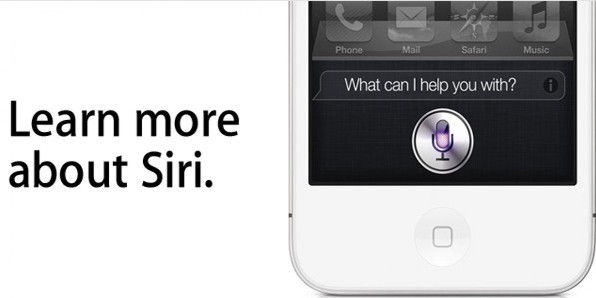Siri, Meet Jarvis: Is The Future Of Voice Recognition Off The Cloud?

Siri, watch out for Jarvis. Intel thinks its new, earpiece-based digital personal assistant (which shares a name with the artificially intelligent computer featured in the “Iron Man” comics and movies) will deliver things that Siri can’t, in large part because he’s not tethered to the cloud.
Currently, voice recognition on your iPhone goes a little something like this: when you talk to Siri, your speech sounds are compressed and relayed to a server on the cloud. The digital pattern is checked against a vast library of “phonemes” – the basic building blocks of speech, the sounds of consonants and vowels. Data-processing centers use a statistical model to figure out what you meant by the noises you were making, decode what task is needed to be done, and relays that information back to the phone. All within a few seconds!
The fact that all of this stuff relies on an Internet connection might not seem like much of a problem. But it does mean that Siri can’t perform even basic functions – stuff you wouldn’t normally need an Internet connection for on a computer – if the wireless signal flickers.
“How annoying is it when you’re in Yosemite and your personal assistant doesn’t work because you can’t get a wireless connection?” Intel executive Mike Bell told Quartz this week. “It’s fine if [voice recognition systems] can’t make a dinner reservation because the phone can’t get to the cloud. But why can’t it get me Google Maps on the phone or turn off the volume?”
Jarvis, which had a debut of sorts at CES this year (the product shown was just a reference design, so it’s not quite market-ready yet, according to The Verge), won’t rely on the cloud for its voice recognition processing. Instead, that work will be done in the device itself, and Intel thinks that will translate into better, faster performance for certain tasks.
But crunching through those language databases takes a lot more computing power than most smartphones carry with them. The solution? Computers on a chip. At this year’s CES, Intel also unveiled Edison, a tiny computer the size and shape of an SD card (the memory card you might put in a digital camera). Edison could be the cornerstone of a whole new realm of wearable electronics. One concept the company showcased at CES was “Nursery 2.0,” a smart bib for babies that relays data to a display on Mom’s coffee mug – and could even switch on a bottle warmer when an infant became restless.
Intel may also end up selling its offline voice-recognition technology to other companies – including Apple. So the Siri of the future might be around to take your questions any time, Wi-Fi or no Wi-Fi.
© Copyright IBTimes 2025. All rights reserved.





















